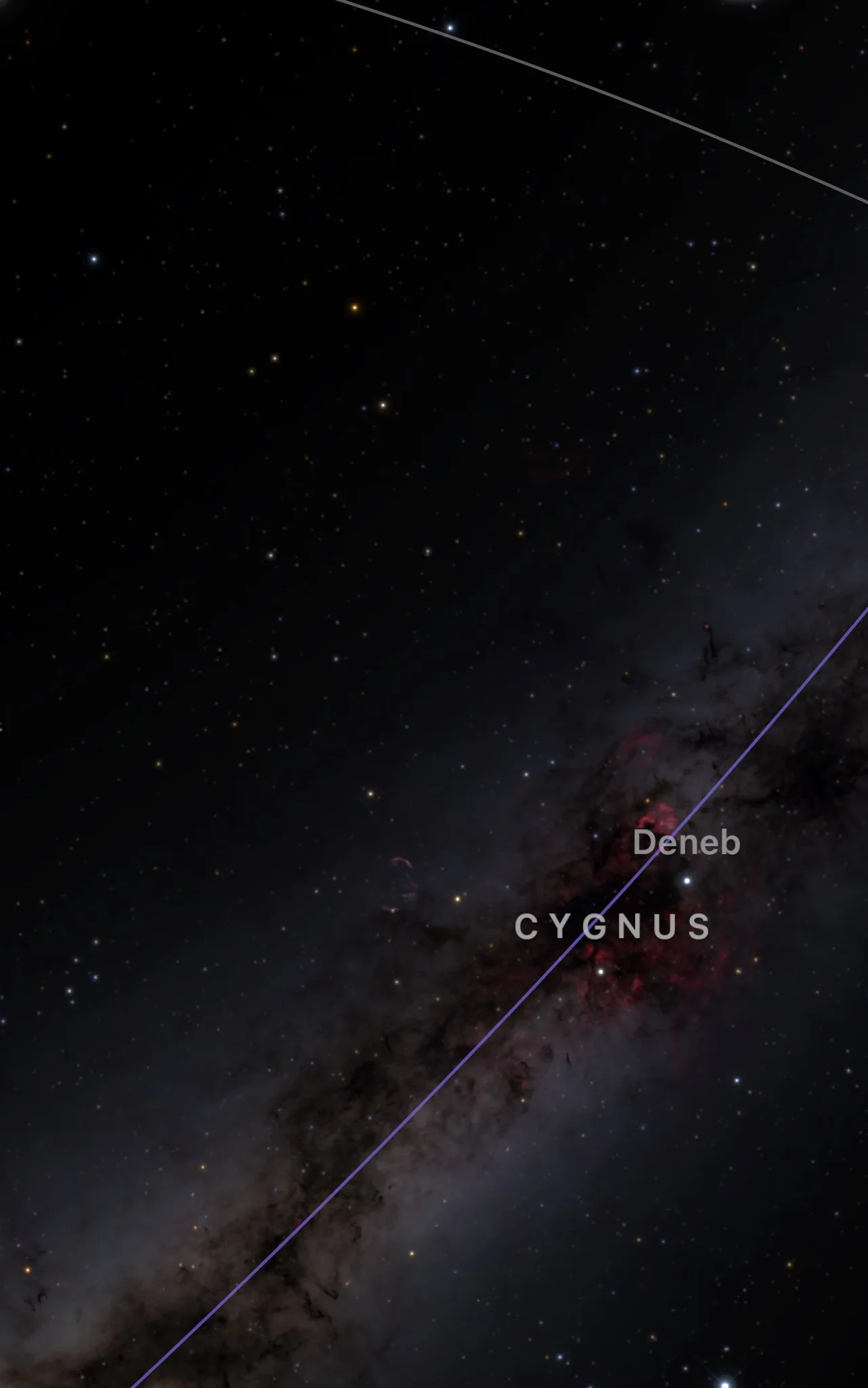photo courtesy of Simon Waldram Photography
Photography can be about capturing the essence of a moment, weaving a narrative, and connecting with the viewer on an emotional level. As the saying goes, 'Without the darkness we can not see the light,' just because we can´t see it, does not mean it´s not there. Night photography shows us what our eyes can´t see. By embracing the darkness, we unlock a world of hidden beauty, where the stars shine brightly and the cosmos unfolds its wonders.
One technique that constantly captivates is long exposure, with its ability to transform ordinary scenes into something ethereal and dramatic. And what better subject for this transformative technique than the night sky? A realm of endless wonder and a canvas of twinkling stars, the night sky has captivated stargazers and photographers for generations. Combining these passions allows us to not only observe the cosmos but also capture its ethereal beauty, creating a truly enriching experience. Fuerteventura can offer a stargazer's paradise—the perfect location to merge astronomy with the magic of night photography. Here's your guide to capturing the magic of Fuerteventura's night sky.
Why Fuerteventura is Ideal for Stargazing and Night Photography (and what to consider):
Dark Skies, a Valuable Asset: Fuerteventura's commitment to minimizing light pollution as a Starlight Reserve creates the potential for outstanding stargazing and night photography.
Weather and Atmospheric Conditions: While the Canary Islands generally have favorable weather, cloud cover and calima are factors to consider. Successful stargazing and photography require careful planning, including checking weather forecasts and being flexible with your schedule to take advantage of clear nights.
Diverse Landscapes: From volcanic landscapes to pristine beaches, Fuerteventura offers diverse foregrounds to complement your night sky images.
Planning Your Stargazing and Photography Trip:
Check the Moon Phase: A new moon (when the moon is not visible) provides the darkest skies for stargazing and capturing faint celestial objects.
Weather Forecast: Look for clear skies and calm conditions. Websites like Meteoblue or AEMET (Spanish Meteorological Agency), Windy can provide detailed forecasts. Always look up and constantly check, what was true in the morning may change by the evening.
Location Scouting: Explore potential locations during the day to identify interesting foreground elements and ensure safe access at night. Inland areas away from towns: Provide the darkest skies.
Timing: The best time for stargazing is typically a few hours after sunset, once the sky is fully dark.
Here are some tips for capturing stunning images in low-light conditions:
Fast Lens: A lens with a wide aperture (f/2.8 or wider) is crucial for gathering as much light as possible.
Sturdy Tripod: Essential for long exposures, ensuring sharp images.
Remote Shutter Release: Minimizes camera shake for crisp shots.
Extra Batteries: Cold temperatures drain batteries faster, so bring spares.
Red Light Flashlight or Headlamp: Red light preserves your night vision.
Manual Mode: Provides full control over settings.
Aperture: Use the widest aperture your lens allows for maximum light.
Shutter Speed: Start with a longer shutter speed (e.g., 10 seconds) and adjust as needed.
ISO: Keep it as low as possible to minimize noise, but increase if the image is too dark.
White Balance: Adjust according to the light source (e.g., Tungsten for city lights).
Focus: Use manual focus and zoom in to ensure sharpness.
Night photography can be a rewarding experience for photographers of all levels. ..
Ready to take your photography to the next level and unlock the secrets of capturing the night sky?
Join us for our Night Photography Workshop in Fuerteventura this June, from June 22 to June 28 2025!
This workshop will provide a comprehensive learning experience, covering everything from the fundamentals of night photography to advanced techniques for capturing specific celestial phenomena. We'll delve into camera settings, composition strategies, light painting, and post-processing workflows.
Visit www.starsbynight.es/photographyworkshop to learn more and register.
photo courtesy of Simon Waldram Photography





